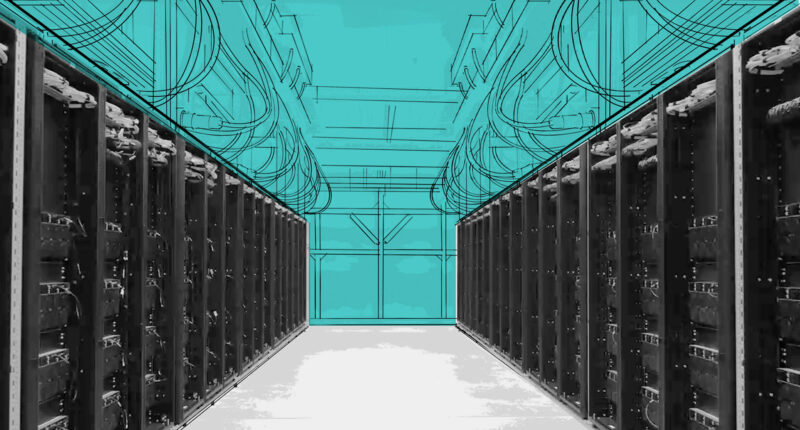Share this @internewscast.com
These sudden energy spikes present a risk of widespread power failures, threatening both residential and commercial areas connected to the grid. Last summer in Virginia, utility companies faced challenges when multiple facilities switched to emergency generators, resulting in excess power that strained the grid system.
Ensuring a reliable power supply has led operators to places where water is scarce. In the US, data centers for large-scale and shared use consumed 55 billion liters of water in 2023, according to LBNL researchers. Indirectly, energy-related water use is significantly more, totaling 800 billion liters annually, about the same as what nearly 2 million American households use in a year.
In 2023, Microsoft reported that 42% of its water usage occurred in high-stress water regions. Meanwhile, Meta mentioned that about 16% of its water came from similar areas. Google noted that nearly 30% of its water came from areas at medium to high risk of water shortages. Amazon hasn’t shared its statistics.
Local communities in states prone to drought, like Arizona and Texas, have expressed concerns over data centers, and Georgians have voiced issues regarding Meta’s developments affecting water wells, increasing municipal water costs, and presenting potential shortages that might lead to water rationing.
Some believe that this endless race for ever-greater computing power is misplaced.
Sasha Luccioni, who leads AI and climate efforts at the open-source start-up Hugging Face, highlighted growing interest in alternative methods for training AI models, such as using distillation or smaller models, to achieve robust models at reduced costs.
“It’s almost like a collective illusion where everyone believes we need more data centers without critically examining the necessity,” she pointed out.

Cooling
Increased chip density has another unwanted effect: heat. About two-fifths of the energy used by an AI data centre stems from cooling chips and equipment, according to consultants McKinsey.
Early data centres running cloud workloads deployed industrial-grade air conditioning units similar to those used in offices to cool servers. But as chips started to draw more power, it has become harder to keep them within their safe operating range between 30 and 40C, with data centres requiring more advanced cooling methods to avoid malfunctions. The challenge has led to significant investment in cutting-edge innovations.
Operators have turned to installing pipes filled with cold water in the server room to transfer heat away from equipment. This water is then directed to large cooling towers that use evaporation to reduce the facility’s temperature to a safe range. But the approach leads to water loss, with a single tower churning through about 19,000 litres per minute.
Microsoft and others have adopted a closed-loop system that depends on chillers — in effect, a refrigerator —to cool the water. This process is less wasteful and more efficient than evaporative options.






